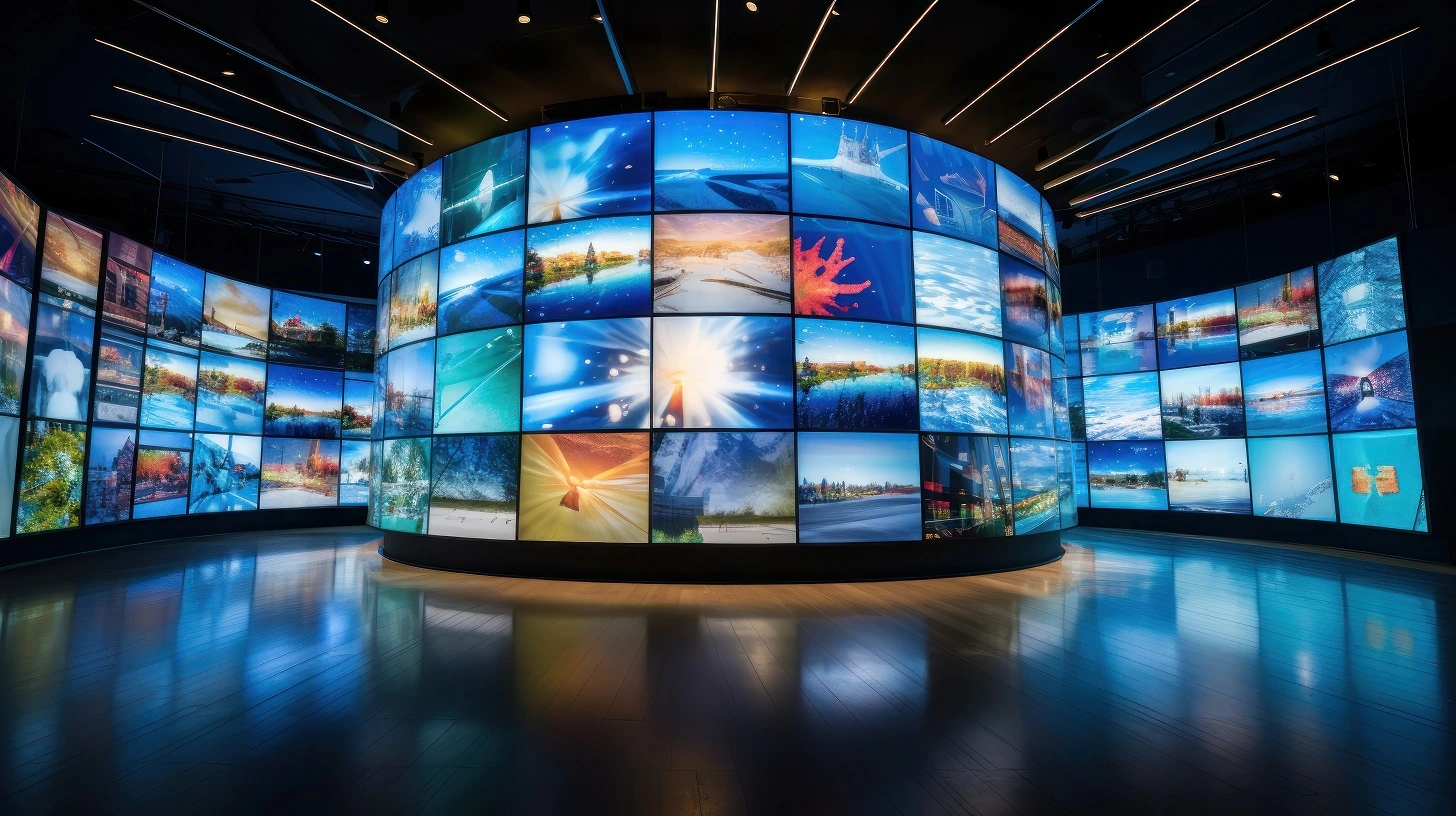The quality of the LED components plays a major role in color consistency. Different types of light-emitting diodes produce light at different frequencies, which can affect the overall hue result. Premium light-emitting diodes are engineered to produce a more uniform light spectrum, resulting in better color precision. Additionally, the manufacturing method of these light-emitting diodes can affect their functionality. Panels made with superior materials and technology tend to have less hue variations, guaranteeing that the shown pictures and footage look lively and faithful to reality.

Calibration is another essential factor in preserving hue consistency in LED wall screens. Calibration entails modifying the settings of the panel to make certain that the hues displayed match the desired design. This process can consist of adjusting brightness, contrast, and hue visit this website equilibrium. Regular calibration is essential, especially in settings where lighting conditions vary often. By calibrating the screens, technicians can correct any inconsistencies in hue result, leading to a more uniform observing encounter.
Environmental conditions also influence hue consistency in light-emitting diode wall panels. Factors such as surrounding light, heat, and moisture can influence how colors are seen. For example, intense ambient light can wash out hues, making them look more vibrant. Similarly, extreme heat can influence the performance of the LEDs, leading to hue changes. To reduce these issues, it is essential to install light-emitting diode wall screens in managed environments where illumination and temperature can be managed efficiently.
Lastly, the design and layout of the LED wall screens can affect hue uniformity. The arrangement of the panels, as well as the distance from which they are viewed, can create variations in hue perception. When panels are placed too far apart or at varied positions, audiences may detect inconsistencies in color. To achieve the best visual output, it is crucial to consider the positioning and arrangement of the screens during setup. By addressing these factors, users can ensure that their LED wall panels provide a uniform and superior optical encounter.